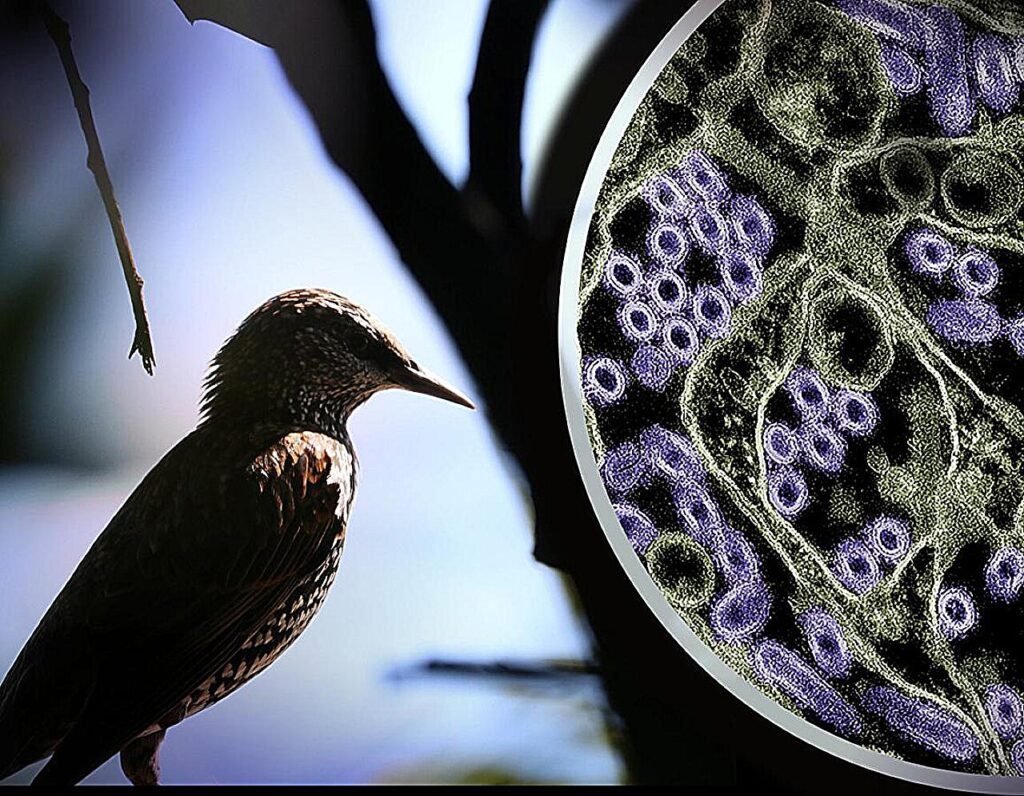The threat of Highly Pathogenic H5N1 Avian Influenza A Virus (HPAI H5N1) continues to be monitored by the National Institutes of Health (NIH) and its federal partners in the United States. Despite the low risk to the general public, public health experts believe that existing treatments and vaccines, as well as those under development, are sufficient to prevent severe disease.
In a recent commentary published in the New England Journal of Medicine, NIAID Director Jeanne M. Marrazzo, M.D., M.P.H., and Michael G. Ison, M.D., M.S., emphasize the importance of maintaining a balance between enhanced vigilance and normalcy regarding HPAI H5N1. The virus has been circulating in various countries since 1996, with recent outbreaks in poultry and dairy cows in the United States.
To control the current outbreak, the authors highlight four key strategies. First, they stress the need for effective collaborations among investigators in various fields, including human and veterinary medicine, public health, and agriculture. Building trust between these entities and individuals seeking care is crucial in managing the outbreak.
Secondly, the focus is on a Canadian patient infected with HPAI H5N1, who experienced severe respiratory failure. The mutations identified in the virus from this case underscore the urgency of continuous disease surveillance to assess the risk of person-to-person transmission.
The third key involves the development and testing of medical countermeasures, such as vaccines and therapies, against H5N1 and other influenza viruses. Current vaccine candidates have shown effectiveness against circulating strains, and antivirals are available to mitigate transmission and severity of illness.
Lastly, individuals are encouraged to take precautions to prevent exposure to the virus, particularly those working with poultry and dairy cows. The use of personal protective equipment and awareness of occupational risks are essential in minimizing the risk of infection.
By following these steps, scientists and public health officials aim to address the remaining questions surrounding HPAI H5N1 more efficiently. The ultimate goal is to understand how the virus spreads, evolves, and impacts humans, animals, and birds. Vigilance, collaboration, research, and prevention are key in managing the threat posed by HPAI H5N1.
For more information, you can refer to the article “The Emerging Threat of H5N1 to Human Health” published in the New England Journal of Medicine in 2024. This comprehensive approach will help in combating the challenges posed by HPAI H5N1 effectively and safeguarding public health.


